Anne Burrell wasn’t just a chef—she was a culinary firecracker who lit up every kitchen she entered with bold flavors, infectious energy, and a signature blonde spiky hairdo that was as unmissable as her personality. From her time commanding kitchens on Iron Chef America to mentoring amateurs (and often total disasters) on Worst Cooks in America, Burrell brought a unique blend of tough love, professional polish, and unshakable joy to the food world. Her passion wasn’t just for perfectly seared scallops or silky risottos—it was for teaching others how to cook, why to love it, and when to laugh at themselves along the way.
Whether you were a seasoned chef or someone just trying not to burn garlic bread again, Anne made you feel like cooking was within reach. She demystified technique without dumbing it down, and she made even the most intimidating kitchen skills feel doable—even fun. Her on-screen charisma wasn’t an act; it was her essence. And behind her flair for dramatic expressions and kitchen catchphrases (“brown food tastes good!”), there were deep, practical lessons that stuck with us long after the credits rolled.
As we remember Anne, we’re not just celebrating a chef—we’re honoring a teacher, a mentor, and a woman who believed in the power of home cooking to bring joy, confidence, and connection. These 7 cooking tips aren’t just helpful tricks. They’re part of the legacy she leaves behind: a roadmap for becoming better, braver, and bolder in the kitchen. So grab a whisk, preheat your pan, and get ready to cook the way Anne would’ve wanted—fearlessly, joyfully, and with a generous pinch of personality.
1. Prep Everything—Mise en Place
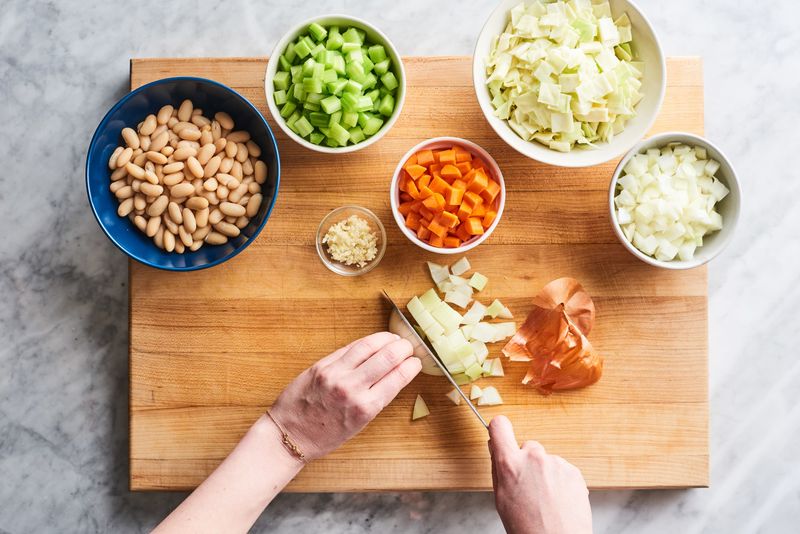
Anne’s most repeated mantra transformed chaotic cooking into smooth sailing. Having ingredients chopped, measured, and ready before turning on a burner prevents that frantic scramble when your garlic is burning while you’re still peeling onions.
For beginners, mise en place feels unnecessary until that first time everything flows perfectly. Small bowls filled with prepped ingredients create a professional cooking environment right at home.
Anne often demonstrated this by lining up colorful ingredients in clear bowls, making cooking look as organized as a dance routine rather than a stressful race against time.
2. Stay Organized and Follow a Recipe
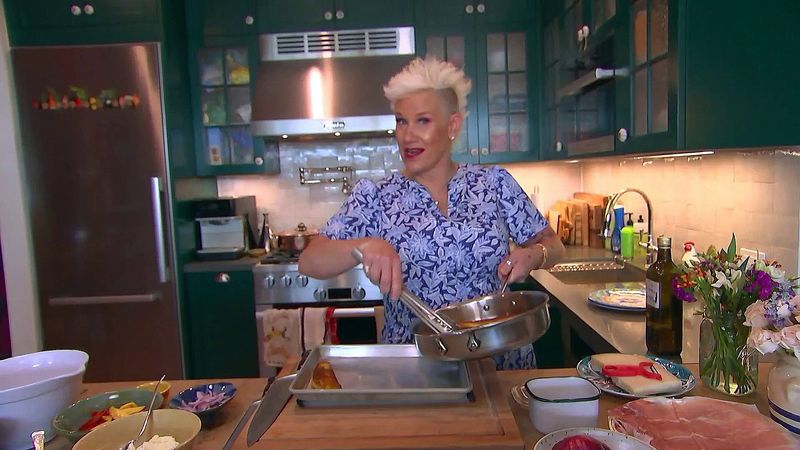
“Read it twice, make it once” was Anne’s golden rule for recipe success. She’d dramatically wave recipe pages, insisting that understanding the full journey prevents kitchen disasters halfway through.
Many cooking mishaps happen when we realize too late that something needs to marinate overnight or requires special equipment. Anne taught us to circle unusual ingredients, note cooking times, and mentally walk through each step.
Her playful scolding of contestants who skipped this crucial step showed how seriously she took this advice—it wasn’t just about following rules but setting yourself up for success.
3. Taste Your Food As You Go
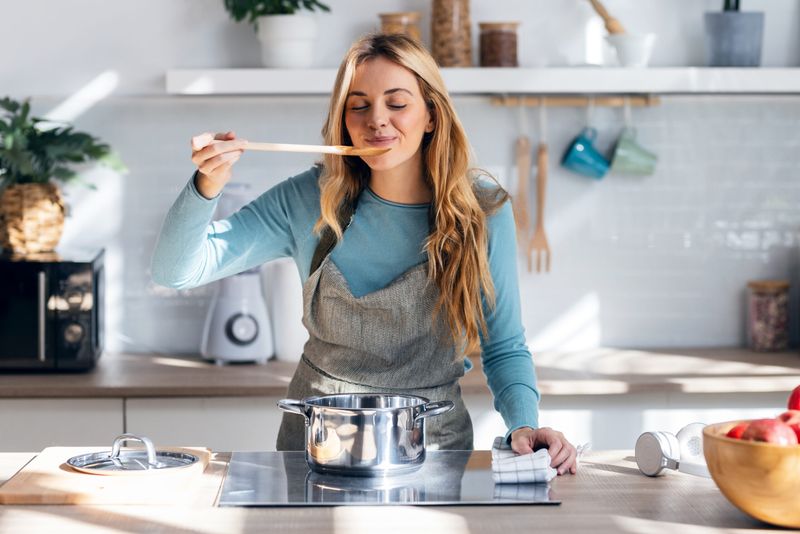
Spoons were weapons of flavor in Anne’s kitchen arsenal. “How do you know it’s good if you don’t taste it?” she’d ask, often bewildered by cooks who seasoned blindly.
This simple act transforms cooking from mechanical following of instructions to responsive crafting of flavors. Anne encouraged building layers of seasoning throughout cooking rather than just at the end.
Her animated reactions when tasting—eyes closed, thoughtful pauses—taught us that tasting isn’t just checking a box; it’s connecting with food. She showed that our palates are the most valuable tools we own, more important than any fancy gadget.
4. Add Root Vegetables Like Celery Root to Mashed Potatoes
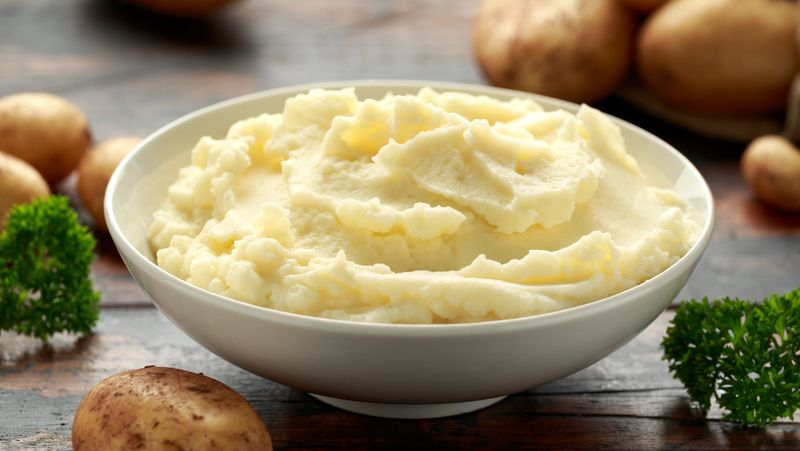
Plain mashed potatoes? Not in Anne’s kitchen! Her secret weapon was celery root—that gnarly, intimidating vegetable most shoppers hurry past.
When combined with potatoes, this humble root creates a sophisticated flavor profile that makes guests wonder what magical ingredient you’ve used. The earthiness cuts through the richness of butter and cream, creating balance.
Anne would peel away the rough exterior with theatrical flair, revealing the treasure inside. This trick exemplifies her approach: taking something familiar and elevating it with unexpected elements that don’t require culinary school to master.
5. Using Hot Spices Is About Flavor, Not Just Heat Level
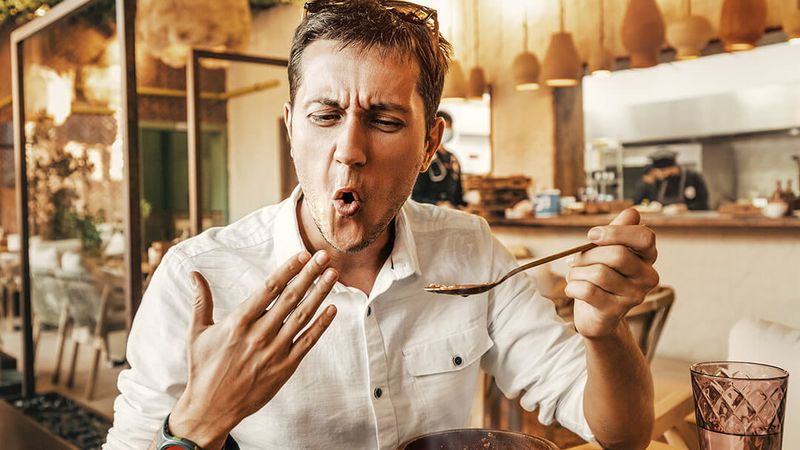
“Heat without harmony is just pain,” Anne would say while sprinkling red pepper flakes with surprising restraint. Her approach to spicy food focused on building complex flavors rather than setting mouths ablaze.
She taught us to toast spices first, releasing aromatic oils that transform dishes. Watching her smell spices before adding them showed her sensory connection to cooking.
For home cooks afraid of heat, Anne provided the perfect gateway: start with small amounts, add at the right moment, and always balance with sweetness or acidity. This philosophy turned spice-fearful cooks into confident flavor builders who understand that heat is just one note in a delicious symphony.
6. Master Proper Knife Grip and Safety
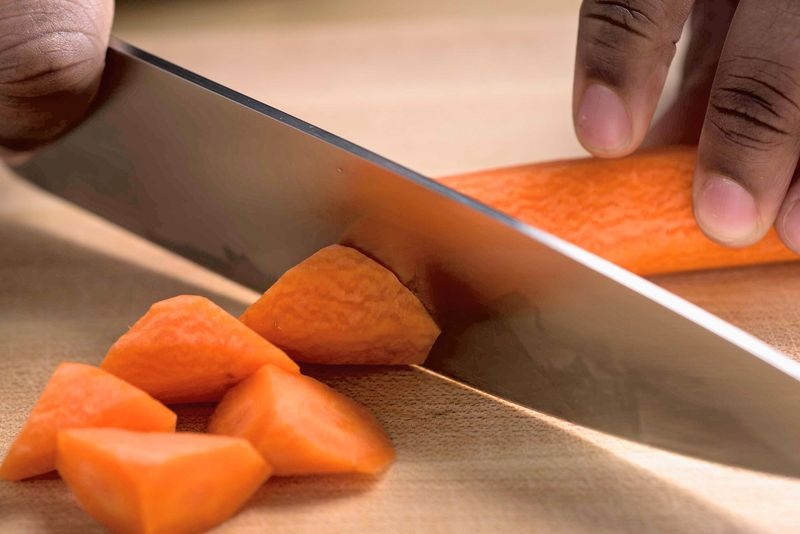
“The claw and the pinch” wasn’t a horror movie but Anne’s mantra for knife safety. She’d demonstrate the proper grip—pinching the blade where it meets the handle—with such enthusiasm you couldn’t help but correct your own technique.
Her other non-negotiable was curling fingertips under while cutting (the claw), protecting digits from accidental slicing. These fundamentals seemed basic until you watched her effortlessly dice an onion in seconds.
What made Anne’s knife lessons stick was how she connected technique to enjoyment: good knife skills mean less frustration and more cooking pleasure. She transformed something technical into an empowering skill that made cooking faster and more satisfying.
7. Don’t Take Yourself Too Seriously
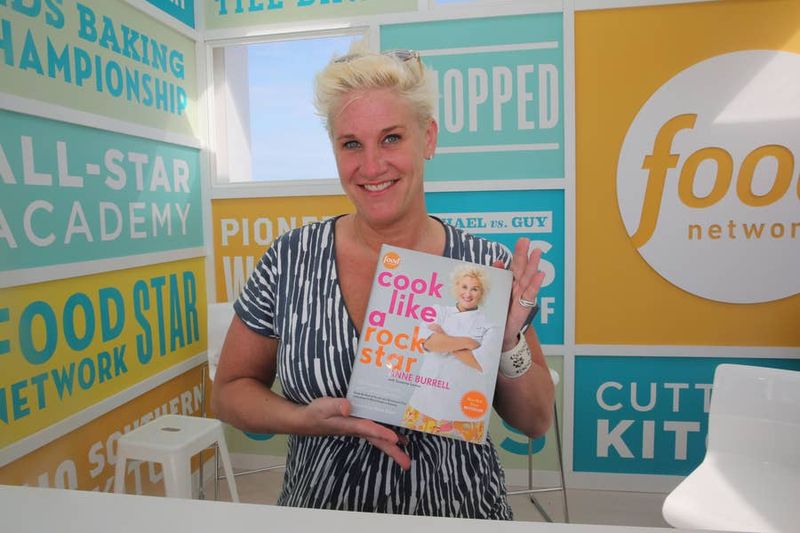
Kitchen disasters happened even to Anne, and her response was always the same: a hearty laugh followed by creative problem-solving. Remember when she dropped that chicken on TV? Instead of panicking, she quipped, “That’s why we wash our floors!”
This wasn’t just entertainment—it was permission to be imperfect. Cooking intimidates many because they fear failure, but Anne showed that mistakes are part of the journey.
Her playful sass reminded us that even professional chefs burn things occasionally. The difference is they don’t let it ruin their day or their dish. This might be her most important legacy: bringing joy back to cooking.
Leave a comment